The main part of this build is going to be the "patch panel".
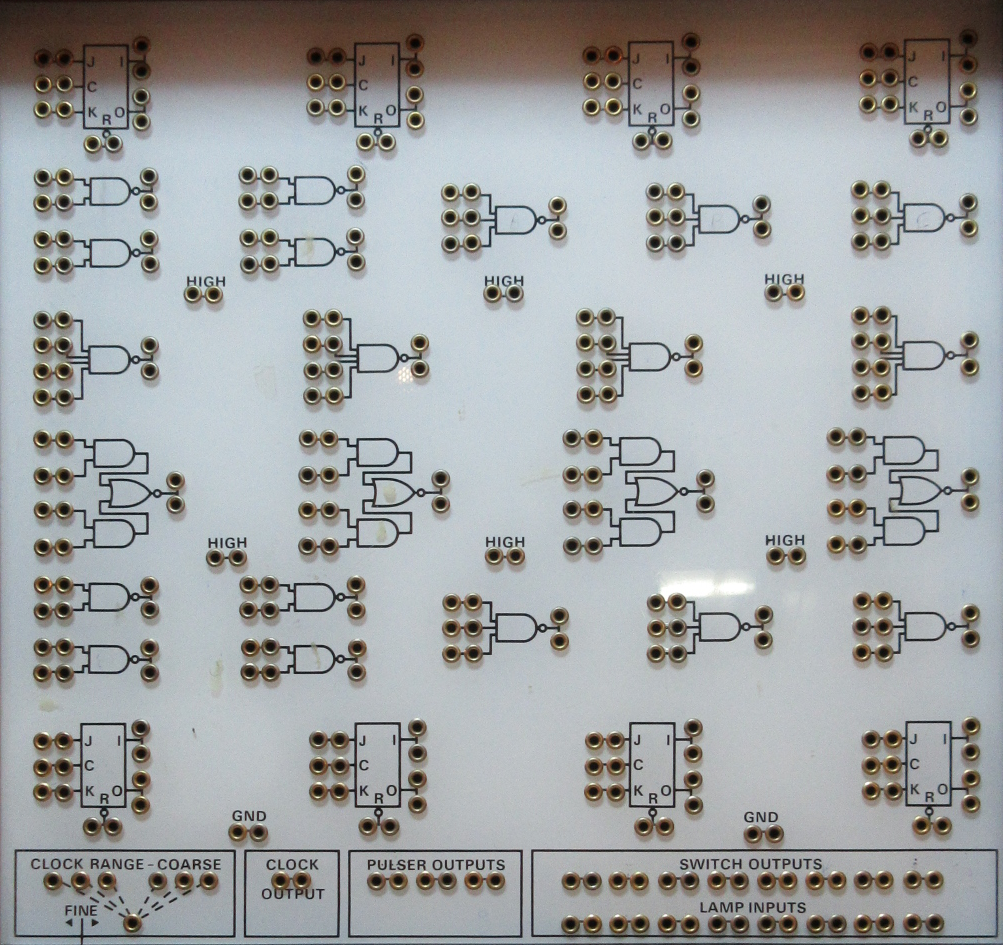
On this panel, by my count, there are 335 "terminals" that patch cords can be plugged into. On the original these terminals are small rivets that have been soldered onto a custom rather funky PCB.
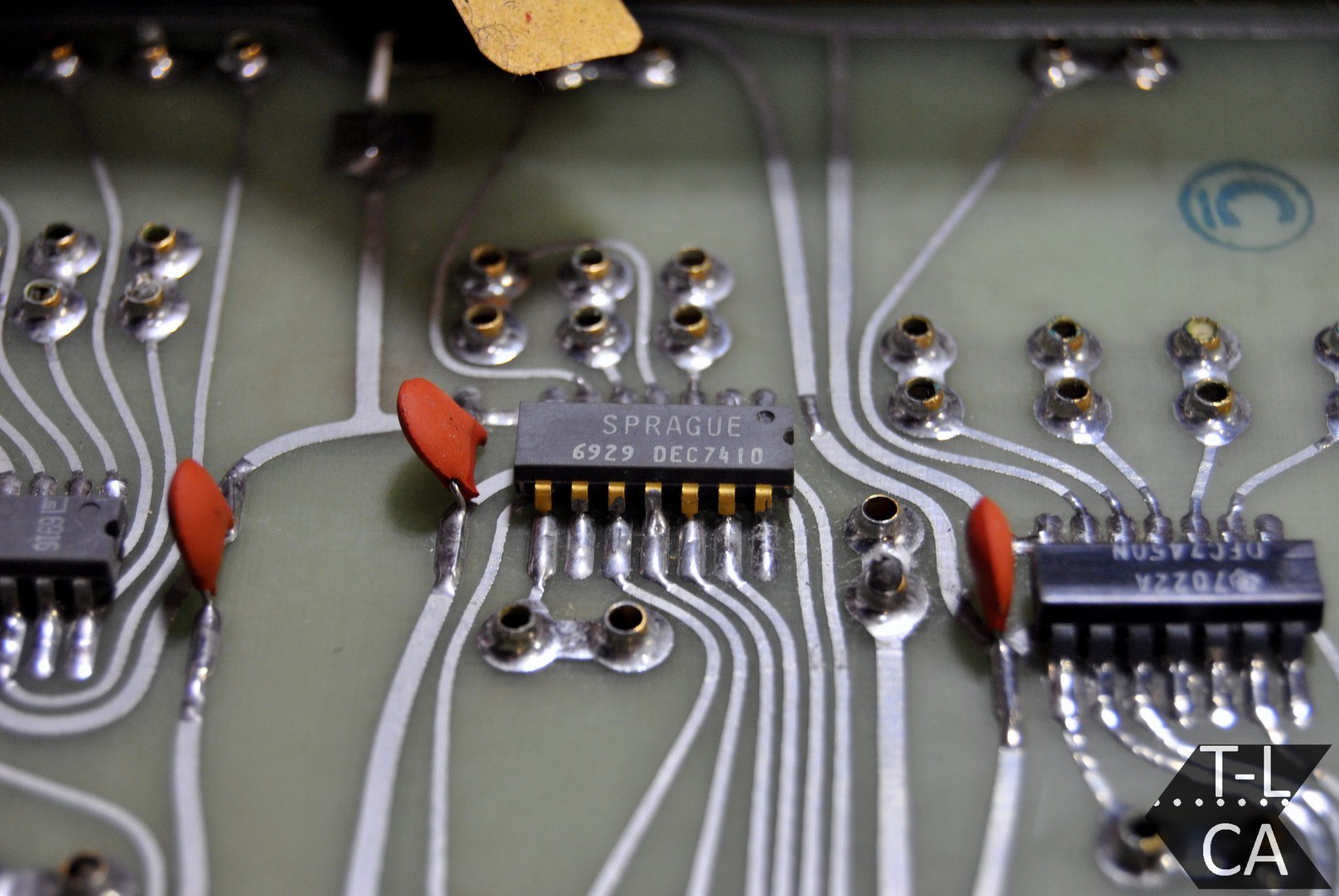
Having decided to forgo a PCB for this version due to cost and accessibility considerations I will have to do something a little different. Fortunately I have some experience in this domain. The Minivac 601 uses a similar patch panel technique. For my Minivac 601 Replica I used 388 rivets and solder lugs to accomplish this:
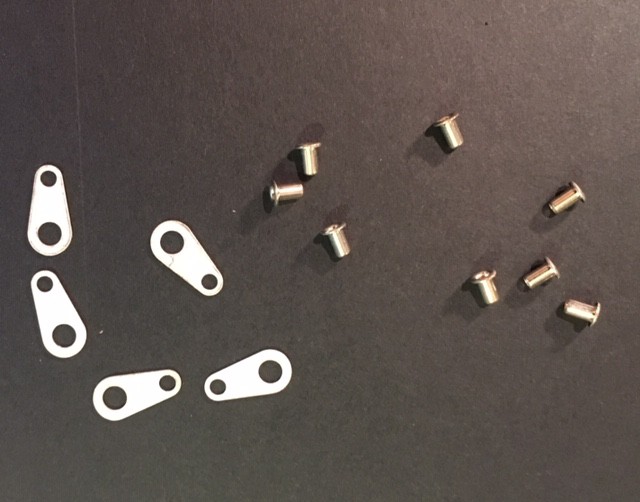
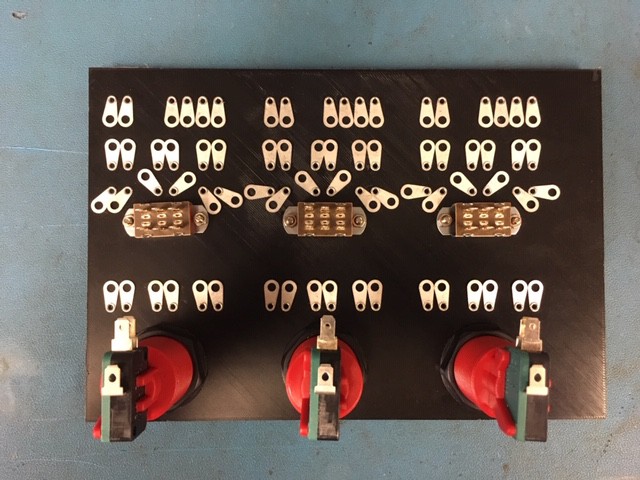
For the Minivac as can be seen on the panel above (one of six) the rivets were set with an anvil holding the solder lugs in place. This worked quite well. For the patch cords I used steel tapers that were sized to "seat" into the rivets forming a solid electrical connection.
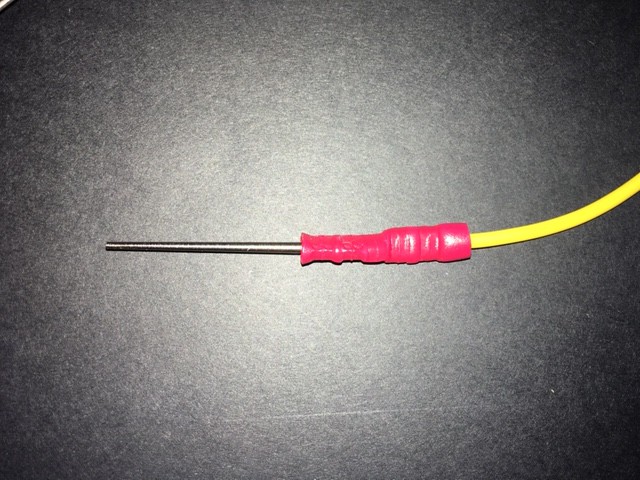
So my strategy for the H-500 is to follow suit with the rivets. I'm hoping though to source rivets with a long enough barrel length that I don't have to set them or use solder lugs, but just solder directly to the side of the barrel that has been pushed through from the front of the panel. This will save a lot of time. Fingers crossed. I have some rivet and corresponding taper samples on order.
The other part to consider of course is the patch panel itself. As with some of my other projects my plan is to 3D print the panel. This will have to be done in multiple pieces that will fit onto my print bed. I printed a small test patch to validate this decision:
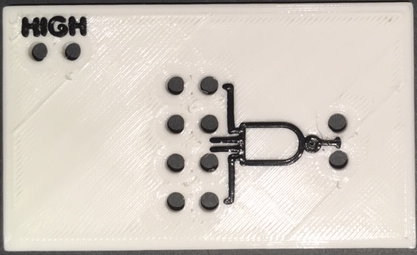
The sample is scaled to the size of the original. Symbols and text will be "printed" onto the top layer by pausing the print and switching filaments. I think it looks pretty good. Text had to be made a little bit bigger than the original in order to print properly, but the symbol is pretty much to scale.
I did consider one alternative. I could laser cut the panel in one piece, but then I would still have to somehow produce the text and symbols (decals maybe or vinyl) and align them to the panel. At the end of the day, because I want this project to easily reproducible and since more people have access to a 3D printer than a laser cutter, I decided that a one step 3D print solution would be the best fit.
 Michael Gardi
Michael Gardi
Discussions
Become a Hackaday.io Member
Create an account to leave a comment. Already have an account? Log In.